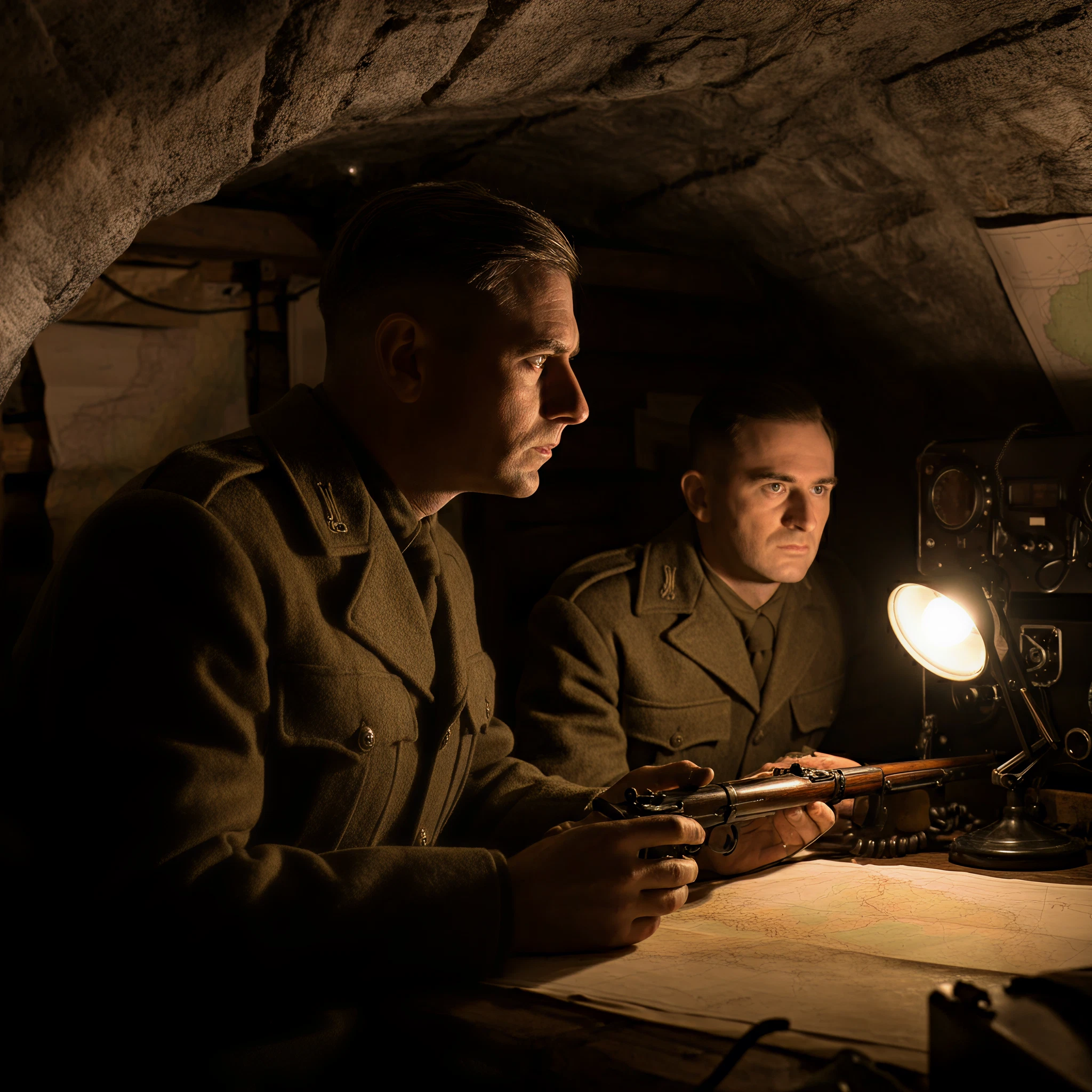When we think of WWII, we often envision grand battlefields and large-scale military strategies. However, behind the scenes, a covert group of operatives was writing their own unique chapter in the war. Known as Churchill’s Secret Warriors, these individuals embodied bravery, ingenuity, and sheer resourcefulness. These heroes formed the Special Operations Executive (SOE), a clandestine organization that played a pivotal role in the Allied victory.
The Origins of Churchill’s Secret Warriors
The Special Operations Executive (SOE) was born in 1940, following a directive from Prime Minister Winston Churchill himself. His goal? To “set Europe ablaze” with acts of sabotage, espionage, and resistance behind enemy lines. The SOE was not an extension of traditional military forces but something entirely unconventional. It was made up of individuals from diverse backgrounds – including academics, athletes, actors, and even everyday citizens – all united by their courage to fight in unorthodox ways to undermine the Axis powers.
Churchill’s vision for the SOE was bold and highly secretive, with Colin Gubbins, a brilliant tactician, appointed as its head. Gubbins’ leadership and innovative approach to guerrilla warfare helped the SOE redefine the rules of engagement, laying the foundation for modern special operations.
Key Operations of the SOE
The SOE conducted missions across Europe, North Africa, and Asia, targeting critical infrastructure, spreading misinformation, and supporting local resistance movements. Here are some of its most notable missions:
Operation Jedburgh
One of the SOE’s crowning achievements was Operation Jedburgh. Teams of three operatives, often composed of a British officer, an American counterpart, and a local resistance fighter, were parachuted behind enemy lines in France. Their objective was to arm and train local resistance forces, disrupt German operations, and provide intelligence to the Allied forces preparing for D-Day. The success of Operation Jedburgh demonstrated the SOE’s ability to foster grassroots resistance with strategic precision.
The Destruction of the Norsk Hydro Plant
The Norwegian Norsk Hydro Plant, which produced heavy water necessary for Nazi Germany’s nuclear ambitions, was a high-value target. The SOE orchestrated a daring sabotage operation, culminating in the plant’s destruction in 1943. This mission played a critical role in halting Germany’s progress toward developing atomic weapons.
Supporting Greek Resistance
The SOE maintained a strong presence in Greece, working closely with local resistance groups to destroy transport networks vital to the Axis supply chains. They also coordinated large-scale sabotage efforts that weakened enemy forces in the region, undermining Hitler’s ability to maintain his hold on Southeastern Europe.
Profiles of Notable SOE Agents
The SOE’s operatives were remarkable individuals whose courage and ingenuity inspired many. Here are some of the most notable agents:
- Violette Szabo
At just 23, Violette Szabo joined the SOE and conducted crucial missions in France. Equipped with fluency in French and unparalleled bravery, Szabo worked to establish communication networks and disrupt German operations. Sadly, she was captured and executed but remains a symbol of selflessness and heroism.
- Noor Inayat Khan
Known as “Madeleine” within the SOE, Noor was an Indian princess and wireless operator who infiltrated Paris to transmit crucial intelligence. Despite immense danger, she maintained communications with Allied forces under constant German surveillance, leaving a lasting legacy of fortitude and resilience.
- Colin Gubbins
Beyond his administrative role, Gubbins was a master tactician who understood the need for unconventional warfare. His leadership elevated the SOE from an experimental concept to a highly effective organization.
Training Churchill’s Warriors
Creating operatives capable of such daring missions required preparation that pushed them to their limits. SOE recruits trained at facilities like Wanborough Manor, where they honed skills in sabotage, espionage, hand-to-hand combat, and cryptography. The training was not just about physical proficiency but also mental tenacity. Prospective agents underwent grueling psychological evaluations to ensure they could withstand the pressures of high-risk operations.
The Legacy of the SOE
The SOE’s impact on WWII cannot be overstated. By empowering local resistance movements, gathering critical intelligence, and executing high-stakes missions, the SOE disrupted enemy supply chains, delayed reinforcements, and sowed chaos within Axis-occupied territories. Their success set the stage for the creation of modern special operations forces like the British SAS.
Beyond its tactical achievements, the SOE inspired generations to pursue the ideals of resilience, resourcefulness, and bravery. The tales of Churchill’s Secret Warriors serve as a testament to the power of unconventional thinking in the face of insurmountable odds.
Final Thoughts
Churchill’s Secret Warriors may not have fought on the traditional battlefield, but their contributions were no less critical to the Allied victory in WWII. From guerrilla warfare to sabotage, their daring efforts shaped the future of covert operations. Today, their legacy lives on, reminding us of the extraordinary capabilities of ordinary individuals when placed in extraordinary circumstances.
If you’re a history enthusiast or military history buff looking to explore more, consider investigating the newly declassified archives or watching “The Ministry of Ungentlemanly Warfare,” inspired by the SOE’s audacious missions.
Dive deeper into the stories of these unsung heroes and see how their bold actions changed the course of history.








